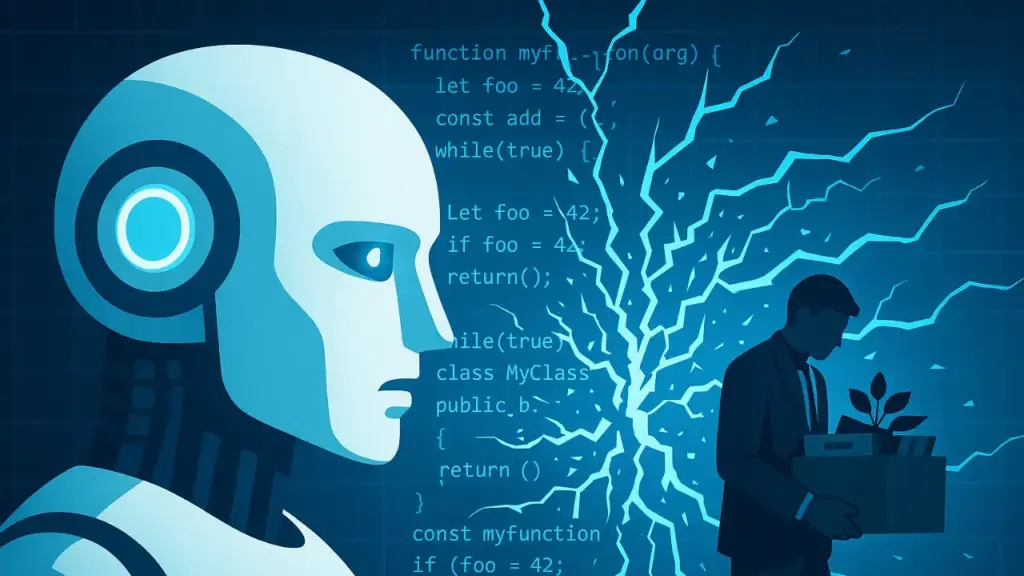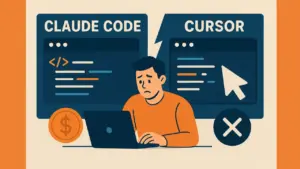1. Introduction
At the recent Infobip Shift Conference, Saurabh Misra from CodeFlash revealed a shocking statistic: 62% of AI-generated code optimizations contain bugs. While tech giants like Microsoft and Google have integrated AI into their development workflows, they rarely discuss the hidden flaws in these AI-generated outputs. Startups boast about using AI for 95% of their codebase, but no one is measuring its true quality. The result? A dangerous accumulation of technical debt.In the age of AI-assisted coding, developers are expected to work faster and more efficiently than ever. But what happens when the code they rely on is riddled with flaws? The industry is at a crossroads, and how we respond now will shape the future of software development.
2. The Rise of AI-Generated Code
AI is revolutionizing how we write code. Microsoft uses it for 25% of their code, Google for 30%, and some startups for as much as 95%. On the surface, this seems like a productivity miracle. Developers can generate entire modules in seconds. Teams can deliver faster. Costs appear to shrink.
This adoption is driven by the promise of speed and scale. Tools like GitHub Copilot, OpenAI Codex, and other generative AI models are making it easy to scaffold applications, write repetitive logic, and even suggest architectural patterns.
But there’s a catch.
The code may run, but is it reliable? Is it optimized? More importantly, does it integrate seamlessly with other systems? These are questions AI can’t answer on its own. When companies rush to automate without validation, they risk long-term reliability for short-term gains.
3. The Shocking Truth About AI Optimizations
When CodeFlash analyzed 100,000 open-source functions, their findings were alarming:
- 90% of AI-generated optimizations were either incorrect or had no actual benefit.
- Many suggestions introduced new bugs.
- Performance improvements were often theoretical and unverified.
Why? Because AI doesn’t benchmark. It doesn’t test in real-world environments. It can’t validate correctness beyond syntax. Functionality is its only goal—not performance, maintainability, or security.
These results suggest that AI lacks the domain-specific context needed to make meaningful improvements. For example, it might suggest a loop optimization that looks fine in isolation but causes memory issues in production. Worse, it may overwrite developer-written logic that handles specific edge cases.
4. The Illusion of Speed vs. the Reality of Bugs
AI-generated code can give the illusion of speed. Teams feel productive. Prototypes roll out fast. Investors are happy. MVPs get delivered on time, and upper management applauds.
But beneath the surface, this code is often unstable. Over time, bugs stack up. Debugging becomes harder. Performance degrades. Security vulnerabilities creep in.
This isn’t innovation. It’s accelerated decay. The more you rely on AI to generate unverified code, the more technical debt you’re creating. And like financial debt, technical debt comes with interest. The longer you wait to address it, the more expensive it becomes.
Consider a microservices-based product that starts with AI-generated stubs. At first, it works. But as business logic becomes more complex and new services are integrated, the fragility of that AI-generated foundation starts to show. Integration breaks. CI/CD pipelines fail. Customers notice.
5. The Role of Human Engineers
The engineers companies are laying off are the ones who can catch these issues early. They’re the professionals who understand context, architecture, and real-world use cases. AI can generate code, but it can’t:
- Evaluate whether a function aligns with the system’s goals.
- Identify edge cases.
- Perform real-time benchmarking.
- Understand the business impact of a change.
Humans bring judgment, experience, and critical thinking—qualities no AI possesses. A skilled developer knows when to trust AI output and when to throw it out. More importantly, they know why a particular design pattern is better for a given scenario.
Engineers also bring domain knowledge. In healthcare, finance, or logistics, even a minor bug can have massive consequences. AI has no awareness of regulatory compliance, data governance, or user expectations. But your experienced engineers do.
6. The New Skillset: Human-AI Collaboration
AI is not the enemy. In fact, it can be a powerful ally. The most successful developers today are those who know how to prompt, guide, and validate AI output.
These developers aren’t just coders. They’re system architects. They’re testers. They’re integrators. They’ve mastered the art of human-AI collaboration.
They understand how to:
- Write effective prompts to get quality AI responses.
- Review and refactor AI-generated code for production-readiness.
- Use tools like linters, profilers, and static analyzers alongside AI.
- Build unit and integration tests that ensure reliability.
This collaboration unlocks productivity gains once thought impossible. Individual developers are now delivering results that once required entire teams. But only when they understand how to use AI correctly.
This new skillset is becoming a competitive advantage. Developers who continuously learn and adapt to new AI tools are getting hired faster, promoted quicker, and valued more than those who resist change.
7. Integration Is the Real Bottleneck
Most AI-generated systems work fine in isolation. But real-world applications are never isolated. They must integrate with databases, APIs, third-party services, and legacy systems.
This is where things fall apart. AI doesn’t understand the complexities of enterprise architecture. It can’t foresee integration issues or predict how one change ripples through an entire system.
When companies blindly ship AI-generated code, they often discover too late that things don’t work together. Modules don’t communicate properly. Data pipelines break. APIs return unexpected results.
In 25 years of software development, the biggest disasters I’ve seen were never caused by a single function. They were caused by integration failures.
A single misaligned data model can bring down an entire reporting system. A poorly implemented authentication service can expose user data. And an unstable queue service can result in days of delayed transactions.

The developers who understand these complexities—who know how to prevent cascading failures—are more valuable now than ever before.
8. Conclusion
Companies are making a dangerous mistake. They’re laying off the very engineers who can prevent catastrophic system failures. They’re trading short-term gains for long-term chaos.
The future of software isn’t about replacing humans with AI. It’s about empowering the right humans to guide AI responsibly. That means hiring engineers who understand architecture, integration, and system-level thinking.
It also means fostering a culture of continuous learning. Developers who know how to prompt AI, assess quality, and validate results will become the most valuable asset in any tech organization.
At StartupHakk, we believe the most valuable developers in the AI era will be those who learn continuously, collaborate with machines, and never stop asking: “Does this really work?”
The companies that invest in these people will lead the future. The ones who don’t? They’ll be buried under a mountain of broken, AI-generated code.
AI is here to stay. But so is the need for experienced, thoughtful engineers. The smartest companies will invest in both—and win.




